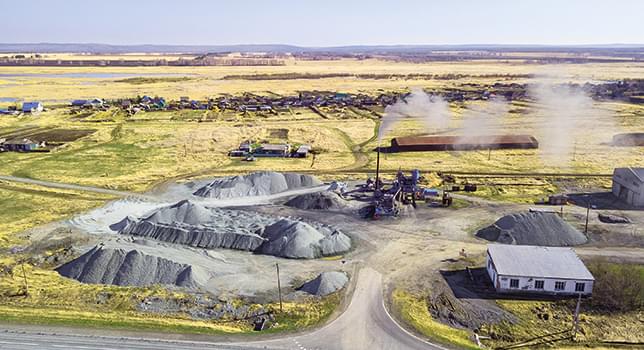Industrial minerals can be found in many forms and in many end-of-life products. These minerals can be sourced in commercial, industrial or residential refuse. The report explores the many steps taken in the recycling of these minerals, as well as the business models that are involved.
Smithers latest market report
‘The Future of Industrial Mineral and Metal Recycling to 2024’ provides insight into where this industry is heading based on today’s drivers, demands, and limitations.
Its analysis focuses on the direction the market will take and provide insight into key technologies that will direct future growth. The recycled industrial market is very broad in terms of the magnitude of minerals that are recovered. The sources of the minerals are examined, as well as the way in which recovery is accomplished.
Technology is at the core of this industry, and the industry’s future is predicated on continued advances in this area. With shifts in end-use demands increasing at a fast rate across the five years to 2024,
‘The Future of Industrial Mineral and Metal Recycling to 2024’ identifies the following key drivers and trends for the future of industrial mineral and metal recycling industry:
Societal – Consumers are increasing aware of the environmental impact of the products they buy and will show a preference for those which can lower their carbon footprint via the incorporation of recycled materials.
The desire for transparency will also force open dialogue on recycling. This is a positive force for recycling.
Technology – There are numerous research projects underway to advance the use of technology in recycling. Technology is seen as a major force for increased productivity, lower costs, and a higher quality secondary metals and other elements.
Geography – Remaining primary material sources are increasingly limited to remote locations, which raises their costs and makes future supply less secure. Thus there is a demand from material using industries to identify alternative sources, including recycled stocks.
Global agreements – The Paris Agreement and the Basel Convention have set widely agreed international benchmarks for recycling.
National legislation – All developed countries have established environmental regulations, which is a driving up demand for recovered materials and encouraging the collection of waste streams from consumers and businesses.
Geopolitical – Even in an era of globalisation certain trends, especially the closing of China as a waste export market under its National Sword initiative, is creating an impetus to develop and implement commercial scale recycling in Europe and North America.
Economics – Secondary minerals must be cost competitive to primary materials, so there is an imperative to implement technologies at scale in segments that are most viable economically.
Smithers latest report,
‘The Future of Industrial Mineral and Metal Recycling to 2024’ provides a qualitative analysis of the recycled industrial mineral market for the period 2019-2024. The report examines key drivers and regulations and highlights how fast this industry is changing. This will provide the reader with a strategic tool for organisations involved or poised to enter this booming sector.
Find out more information and gain a full list of contents and figures
